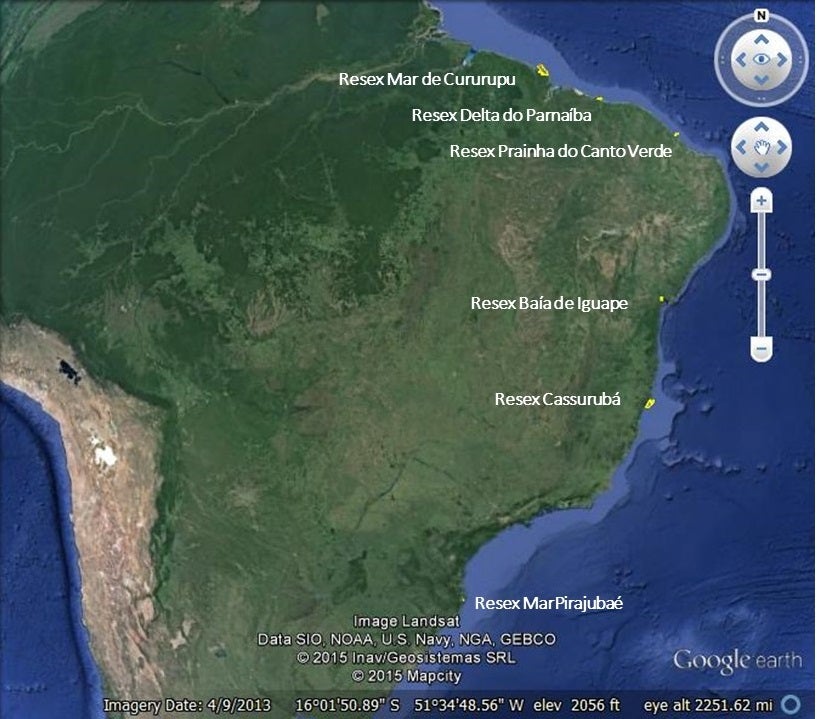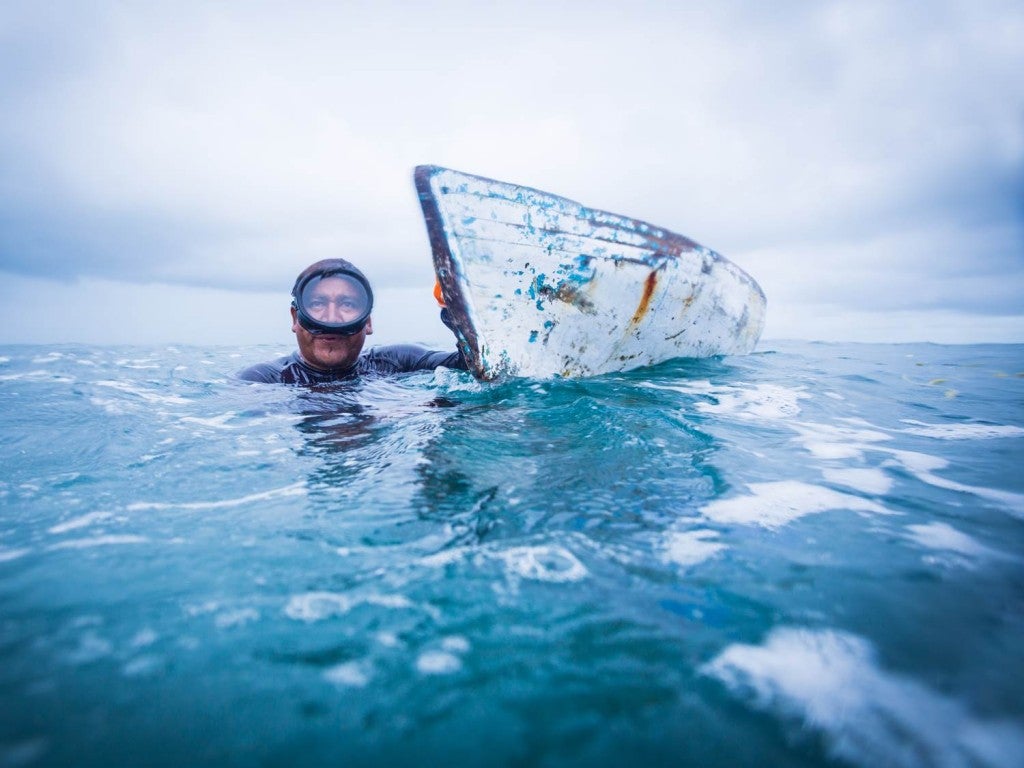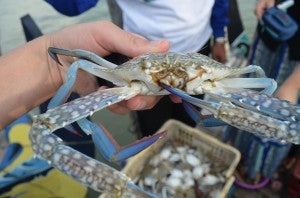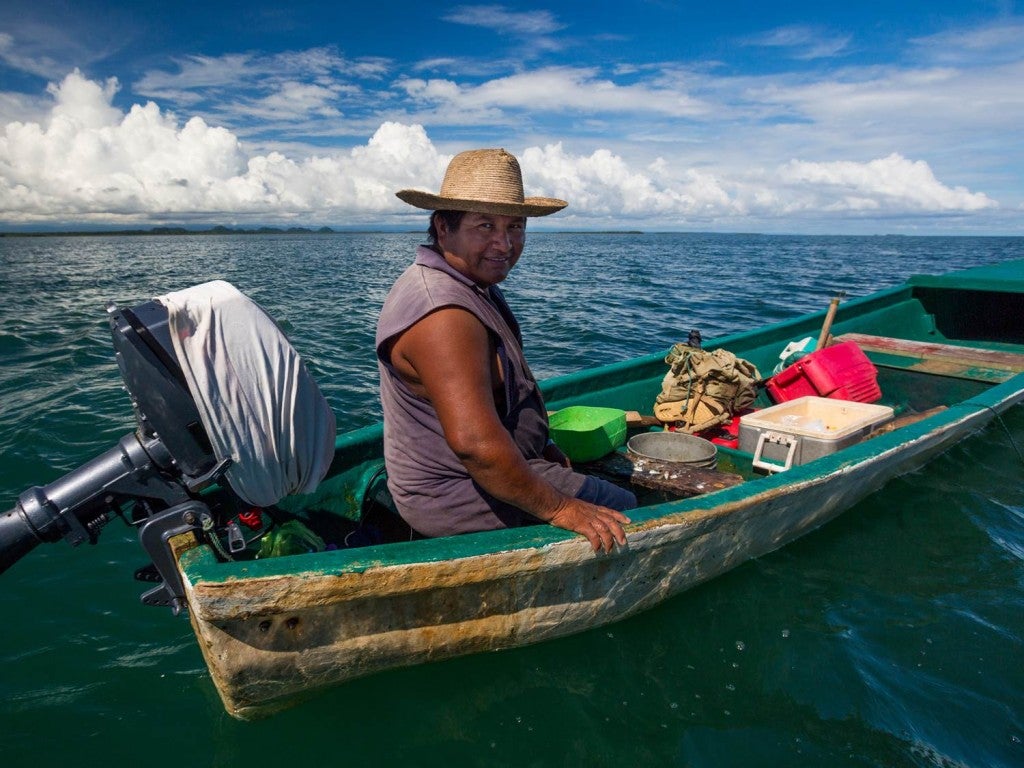
Photo: Alexis Rife
Cozumel, Mexico might be better known for its diving and tourism, but it’s also home to some of the most successful fishing cooperatives and TURFs in the world. In a recent trip with our partners Rare and the Sustainable Fisheries Group at UCSB, we met with fishing cooperatives from Mexico to learn from these fishers and communities about successful TURF-Reserve models and conditions that have contributed to their success. It was an amazing opportunity to share learnings and experiences cross-country (and truly, around the globe).
First, some background on cooperatives. A cooperative is a group of fishers who communicate about and coordinate their fishing activity to meet their goals. Cooperatives can perform a range of activities, from coordinating fishing activities to participating in co-management, and even marketing their products. Successful cooperatives also sustainably manage their fishery so that the species are healthy and simultaneously provide for sustainable livelihoods for fishers.
Fishing cooperatives can be especially critical to sustainable fisheries management, especially in areas where governance is weak. Many cooperatives also invest a portion of their profits in community projects, which increases awareness of the importance of fishing resources as an important source of income and prosperity for the community as a whole. Read More










 By: Erica Cunningham
By: Erica Cunningham

